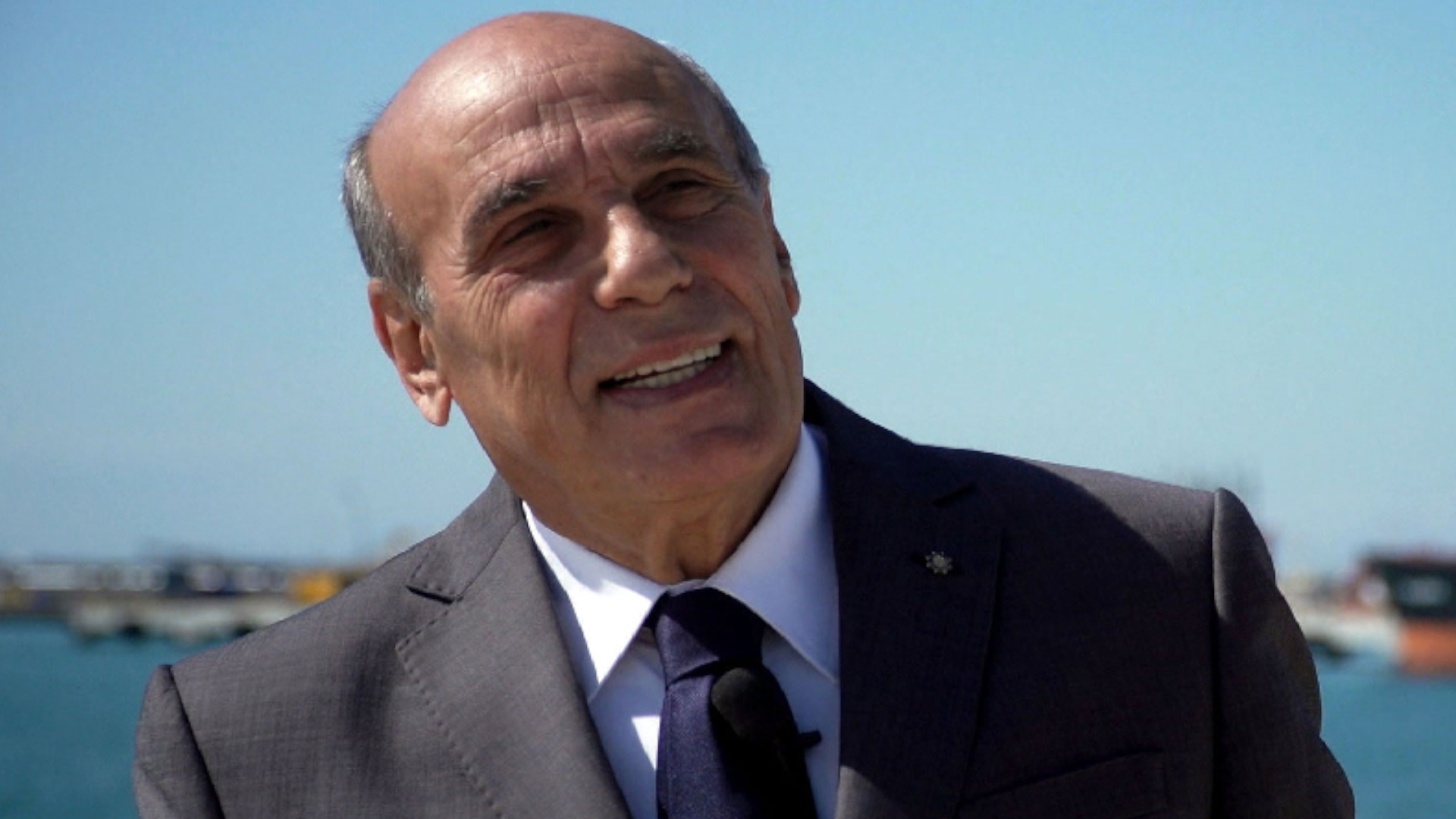CONTE interview
MICHELE CONTE, FORMER CHAIRMAN ADSP MAR IONIO
In 1994, with Law 84, the Italian state reformed what had been, until then, the administration of the major Italian ports. This gave powers to the Port Authorities to carry out some sort of planning and in particular they went about building the infrastructure at work in the newly-created Port Authorities, and consequently also the promotion of the port’s activities.
These were two functions that previously the Harbour Master’s offices, which managed the ports on behalf of the Ministry of the Merchant Navy, did not have. We were therefore at the dawn of a new reality in domestic ports.
There was the appointment of a Commissioner, an admiral of the Navy, who practically ran the office of the new port authority for two years, then seeing that the appointment of the first president of the Taranto Port Authority was delayed, he resigned in order to push for this appointment.
After the architect Giuseppe Guacci was appointed, President Guacci’s first concern was to build a headquarters, but above all to provide the new Port Authority with a technical and administrative structure. He asked me if I could take on the role of Secretary General, which I obviously accepted willingly. I was in General Affairs at Italsider in Taranto after resigning as port officer, and together we basically began to build the structure, material and immaterial, that was to manage the Taranto Port Authority. The first objective was the workforce and the location.
Subsequently, it was to promote the port, and President Guacci started to do this on a truly massive scale, so much so that this action publicising the port attracted the interest of Evergreen, the second largest maritime carrier at the time.
At that point, the Polysectoral Quay was selected as the container terminal for transit flows in the Mediterranean. A structure completed in the 1980s, but never really operational until 1998. President of the Council of Ministers at the time, Romano Prodi, allocated 100 billion lire to the port of Taranto to adapt the terminal for its new functions, which Evergreen demanded should be ready within three years of the contract being signed. So the Port Authority of the time found itself in the position where with four direct employees it had to deal with a project of this kind.
There were, however, always the staff of the Harbourmaster who continued to support the work, we managed in two and a half years to adapt this terminal, there was that desire, that will… then Evergreen arrived in Taranto and essentially began its operations.
From that moment, the port of Taranto began to kind of ricochet around the world, because obviously the shipping routes intersected with the port of Taranto through Evergreen. The port of Taranto was a port of transhipment, which is to say: the mother ship arrives, unloads the containers onto the quayside, then smaller ships arrive, the feeder ships, which pick up some of that merchandise and distribute it to those ports where the big ships would not have gone. 2000, 2001 and 2003 were the periods of maximum expansion.
At the time, our aim was to hold as much cargo as possible so that it could be processed, an activity with a low environmental impact but above all with a high return both economically, but mainly in terms of employment. I have seen this port reborn and grow since I was a port officer, so it is my life.
When I decided to leave the Navy, the Harbour Offices, I did so because since I was moving up in rank and had to leave Taranto, I preferred to go and work in the steel industry I have continued to take care of this entity, this creation. My desire was to see Taranto grow.
*** Automatically generated subtitles ***


